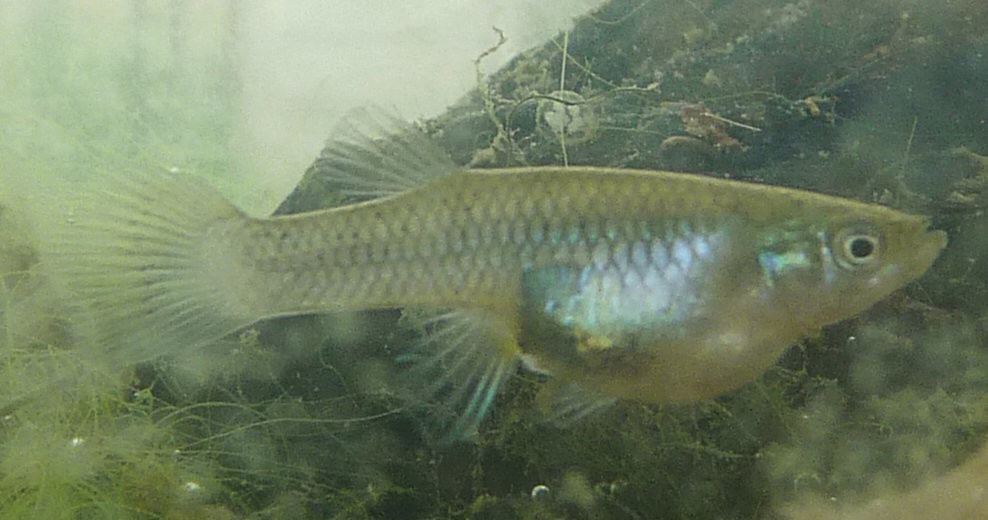
Minnow eggs may be tiny, but if you're looking to spot them in your aquarium, they can be quite striking once you know what to look for. Consider this your primer on identifying those elusive little wonders.
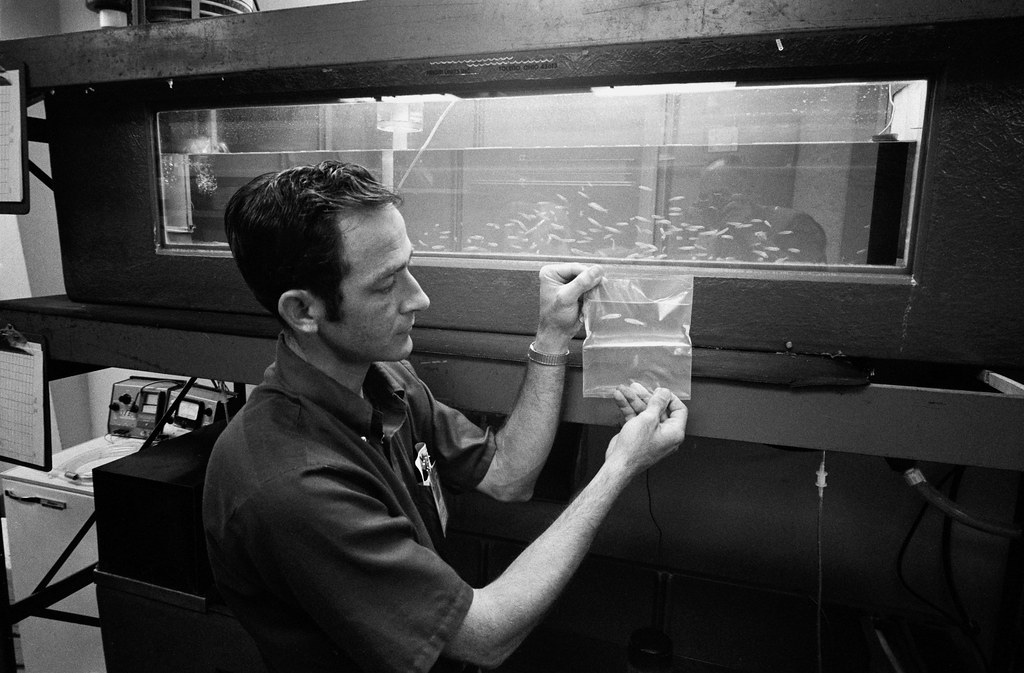
Spotting the Unseen: Describing Minnow Eggs
Have you ever noticed dandelion seeds floating gently through the air on a breezy day? That's remarkably similar to the appearance of minnow eggs—small, delicate little spheres that almost seem to hover. When you zero in on a White Cloud Mountain Minnow setup, these eggs might not scream for attention, but they'll catch the eye in their own subtle way.
Picture this: a slender, white line stretching out from the stem of a silk plant in your aquarium, with what might look like a minuscule white dot at the very tip. That's your minnow egg—a tiny speck that holds the promise of new aquatic life. One common variety producing similar eggs is the Rosy Red Minnow; this guide offers helpful photos and descriptions of their eggs, providing a useful visual reference. Now that you have the visual, let’s talk about how to ensure you don't miss them.
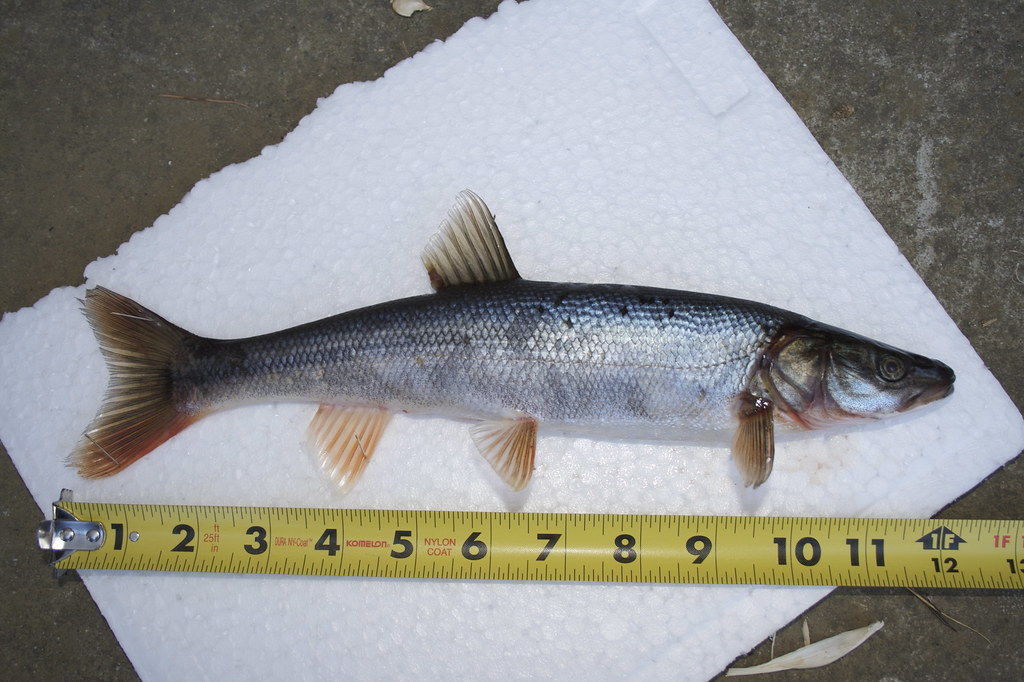
Signs of Breeding and Egg Identification
Beyond just knowing what the eggs look like, understanding the behavior of your minnow fish can signal that you're in the presence of breeding conditions. Witnessing a period where your minnow fish seem a bit more energetic than usual—almost frisky—you might be on the brink of an egg-laying event.
Here's how to keep an eye out for these little eggs once you've clued into their breeding behavior:
- Silk Plant Placement: Minnows often choose to lay their eggs on the leaves or stems of silk plants, which mimic the natural habitat they're accustomed to.
- Increased Activity: If your minnows seem particularly lively, darting around more than usual, that's a reproductive cue.
- Routine Scanning: Make a habit of routinely scanning these silk plant structures for the slender white line and tell-tale speck at its end, especially if you notice increased activity.
Egg traits vary depending on the species. For instance, Fathead Minnows, known favorites among aquarists, have eggs that are quite small and develop in stages. Detailed data on Fathead Minnow egg size and development can offer further insight as you monitor your tank.
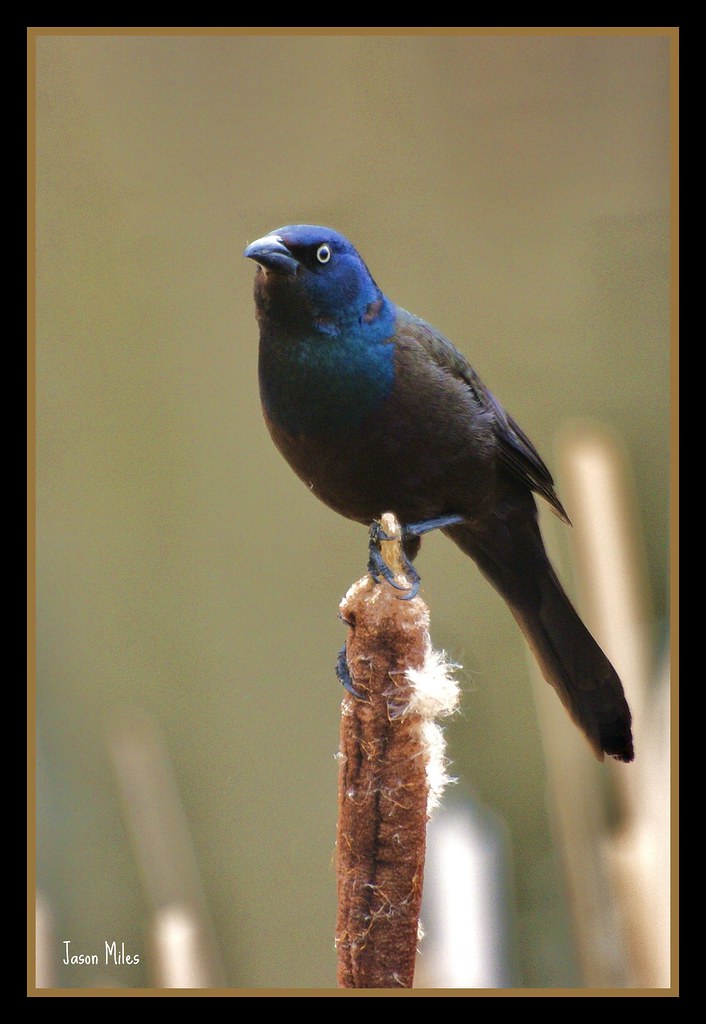
Quick Reference Table of Egg Indicators
| Indicator | Description | Location |
|---|---|---|
| White Line | Stem from plant with a speck | Silk plant structures |
| Frisky Fish | Increased energy and activity | Throughout the tank |
Create a Minnow-Friendly Nursery
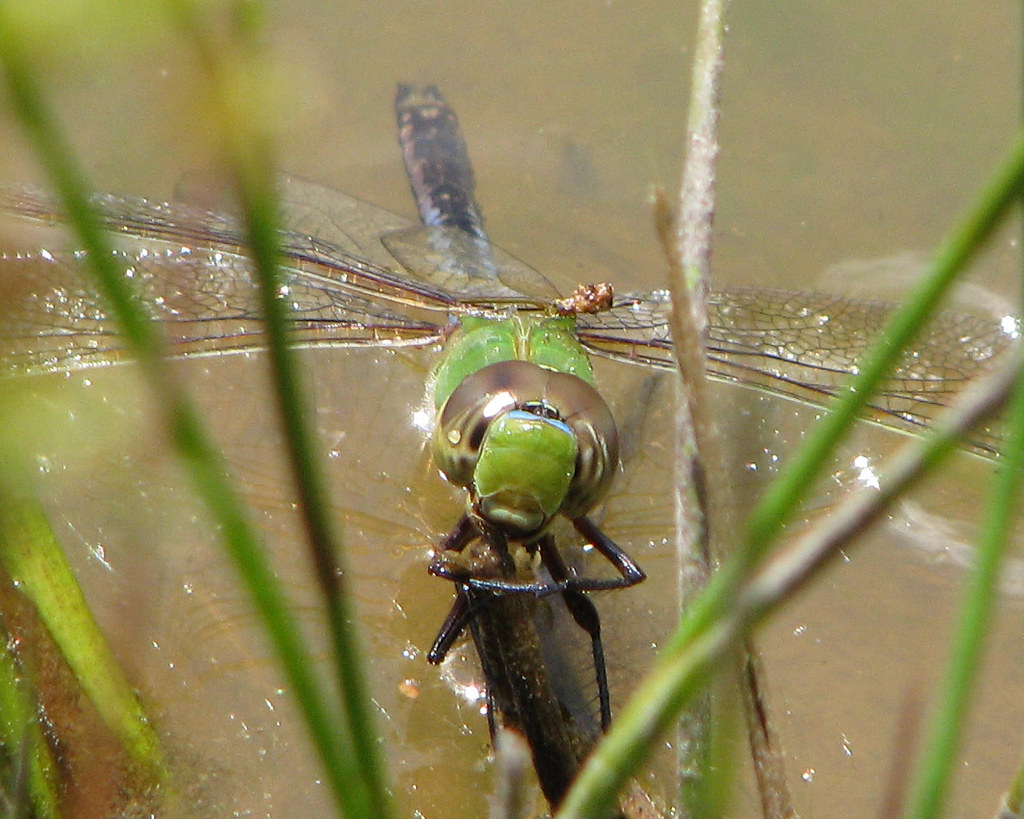
To give these little eggs the best chance, consider setting up a breeding-specific area within your tank:
- Provide Ample Silk Plants: Incorporate multiple silk plants to offer plenty of options for the egg-laying process.
- Minimize Disturbance: Limit changes in water conditions and handle tank maintenance with care to protect both eggs and young fish.
Some species, such as the Sheepshead Minnow, take an adaptive approach to breeding. Their eggs are known for being adhesive and highly durable in various environments. For more on the fascinating reproductive behavior of this species, check out Texas Parks and Wildlife’s profile of the Sheepshead Minnow.
Engagement with Your Aquarium Community
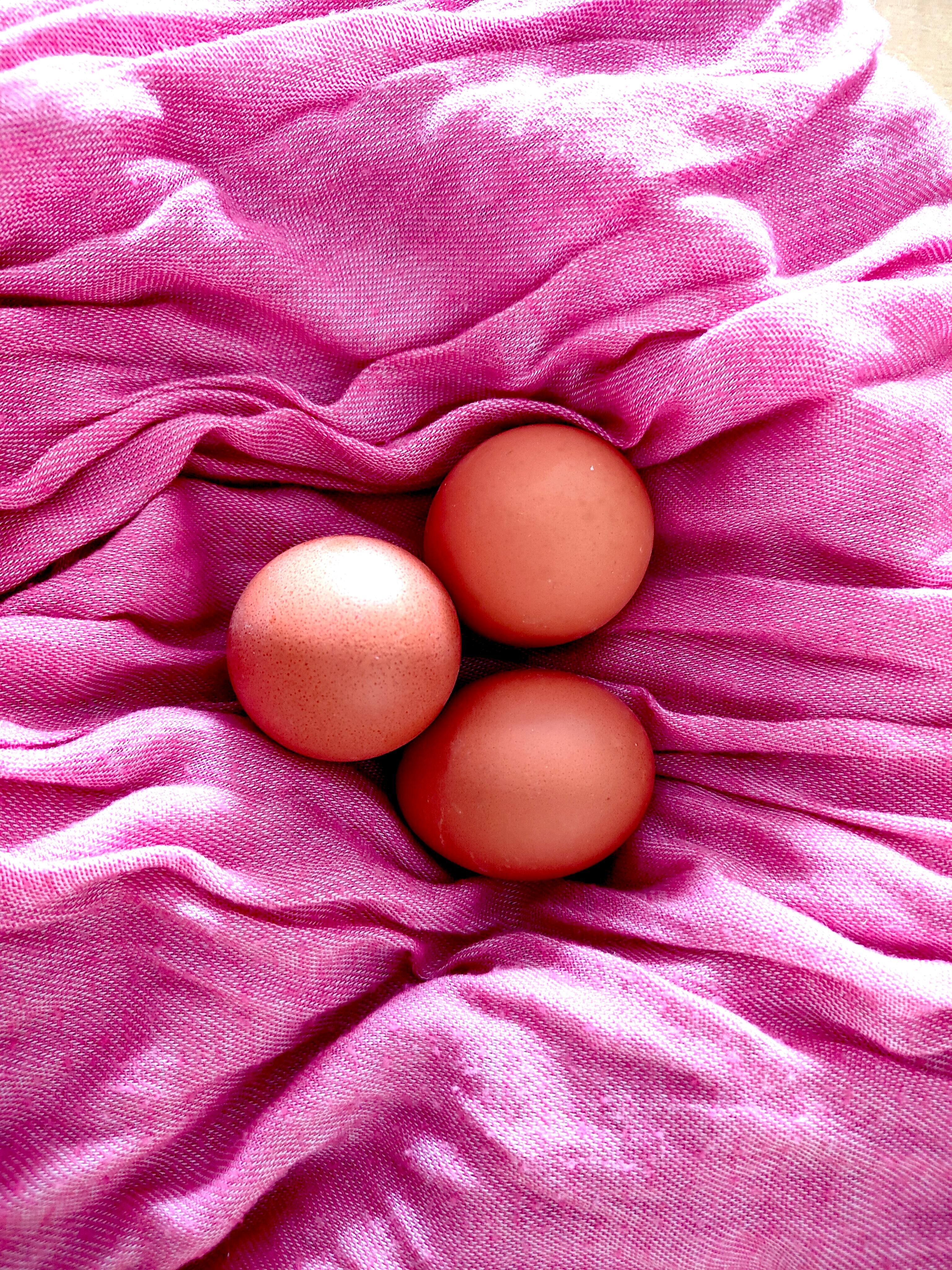
Have you spotted minnow eggs in your own tank? Or have you tried other effective ways of encouraging their breeding and ensuring the eggs thrive? Share your experiences and questions below—every aquarist’s insight enriches the community!
Baby Hideout Breeding Plant for Aquariums
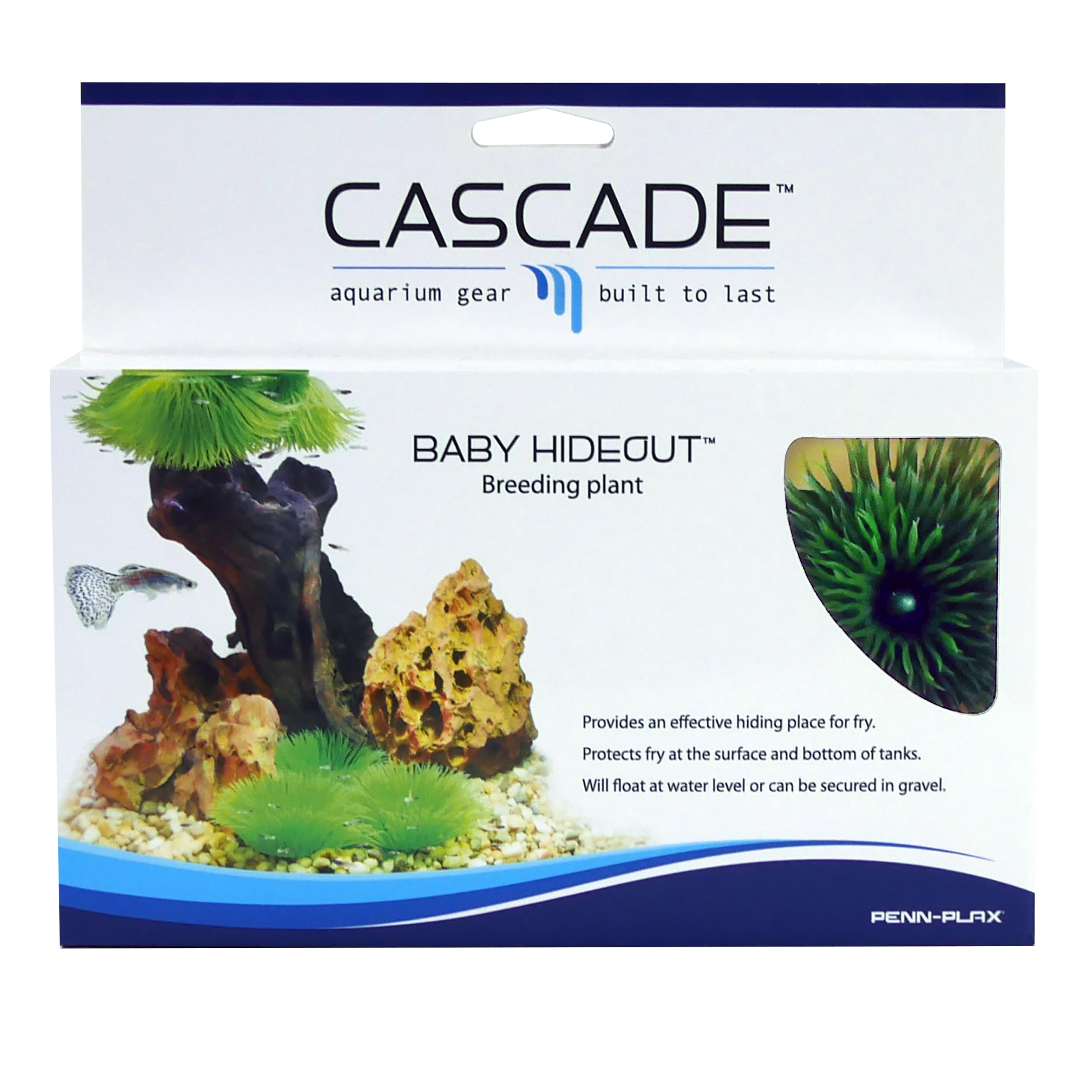
Create a safe haven for your fry with the Baby Hideout Breeding Plant. This realistic plant offers the perfect retreat, protecting baby fish at the surface and bottom of your tank. Easy to install, it can float or be anchored in gravel, enhancing your aquarium's natural beauty while providing essential shelter. Ideal for hobbyists looking to support their fish's growth and safety in style.
Acrylic Fish Tank Breeder Box with Suction Cups
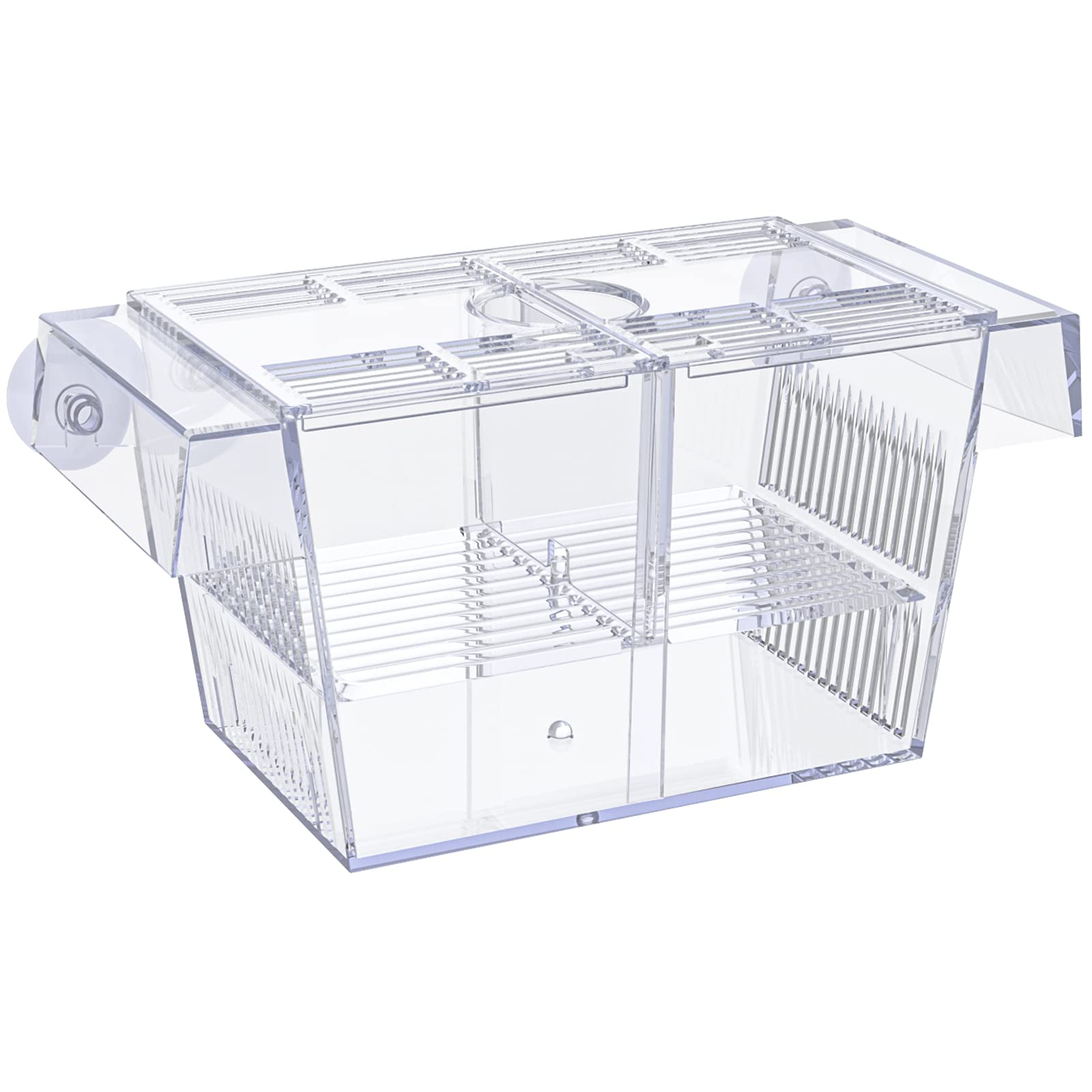
Elevate your aquarium experience with this Acrylic Fish Tank Breeder Box. Designed for safety and convenience, it offers a clear, secure environment for breeding fish or nurturing fry. With easy-to-use suction cups, it attaches effortlessly to your tank. Its transparent design allows you to observe your aquatic life up close, while the ample space ensures comfort. Ideal for hobbyists looking to expand their aquatic family with ease and style.
Frequently Asked Questions
What do minnow eggs look like?
Minnow eggs are typically tiny, clear, or translucent jelly-like spheres. Depending on the species, they may be scattered in water, attached to aquatic plants, or in a nest. Over time, the eggs may develop visible embryos as they start to hatch.
What does it look like when fish lay eggs?
When fish lay eggs, the eggs resemble small jelly-like balls, which can vary in color depending on the species. These eggs may stick to aquatic surfaces, such as plants, rocks, or aquarium walls, forming clumps or being more scattered in appearance.
How can I tell if my minnows are laying eggs?
To identify egg-laying activity in minnows, observe for behaviors such as males becoming territorial and females swimming to specific breeding sites. You might see small jelly-like eggs attached to substrates like plants, rocks, or aquarium surfaces.
How long does it take for minnow eggs to hatch?
Minnow eggs usually hatch in about 4-7 days, depending on water temperature and conditions. Consistent temperatures around 70°F-75°F (21°C-24°C) can help ensure timely and healthy hatching.
What do I do after my minnows lay eggs?
After minnows lay eggs, ensure the eggs are in a safe and clean environment. Separate adults to prevent egg predation and maintain optimal water conditions. Watch for hatching within a few days and feed the fry special food like liquid fry food or powdered fish food.
As we wrap up our exploration of what minnow eggs look like, we hope you're feeling more confident in spotting these tiny marvels in your own aquarium adventures. If you're as fascinated by the aquatic world as we are, why not stay connected with us for more fishy insights? Join our growing community on Pinterest for creative inspiration, and catch daily updates on Instagram. We're also part of the conversation on X (formerly Twitter) and love hearing from fellow enthusiasts on Facebook. Let's continue this journey together, sharing discoveries and celebrating the beauty of our aquatic friends!
